Europe-China Forum
Next event In person & livestreamed
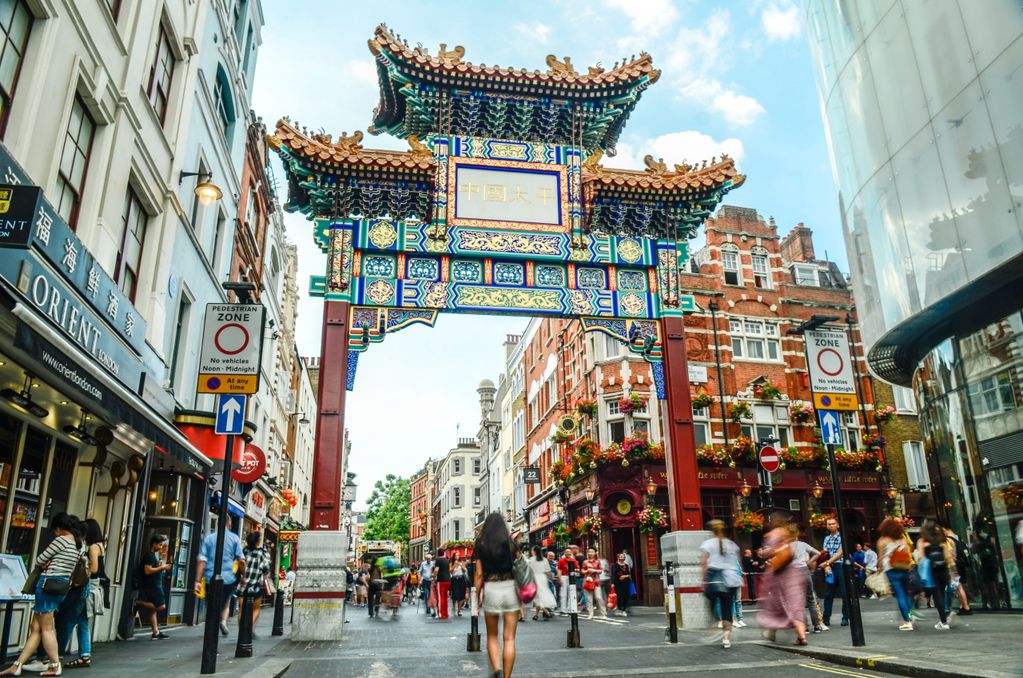
- Area of Expertise
- Global Europe
Global Europe

Director of Nanyang Technological University’s European Union Centre
The Asia-Europe Meeting (ASEM) launched in 1996 was born in an atmosphere of enthusiasm over the benefits of globalisation and openness to trade and investments; in an era of hopes and optimism that dialogue and cooperation were the sensible way forward in pursuit of one’s national interest in the international arena.
Fast forward to today, and we are facing an increasingly volatile and uncertain world with the rise of populist, xenophobic politicians; rising discontent over free trade and globalisation; and President Trump’s United States that seeks to undermine every multilateral institution and up-ends the foundations of a rule-based global order.
But what can Asia and Europe do within the ASEM framework to counter these negative trends and forces? How can the two regions deliver on a progressive agenda for economic growth and development that brings tangible benefits to the peoples of these two vast continents?
An ASEM OFTA would prevent us from creating a fortress Europe or the Great Wall of Asia
ASEM brings together a very diverse group of players with diverging interests: the European Union and its member states are at odds with Russia over Ukraine and Syria; China’s increasing assertiveness and its actions in the South China Sea are causing discomfort amongst some ASEAN members; and India is not entirely enthusiastic about China’s Belt and Road initiative. Yet, it is not far-fetched to assume that the need for co-existence underpins all platforms for dialogue and cooperation, and ASEM has so far served as a useful platform, acknowledging and accommodating these different interests. It has been able to survive thanks to its informal ‘talk shop’ nature that does not result in any binding decisions or agreements but only establishes a common understanding of the pluralism inherent in an inter-connected world.
To counter the current tirades against free trade and the impulse to pull up the drawbridge, ASEM should use its upcoming 12th Summit in Brussels in October 2018 to issue a simple political declaration – instead of a Chair statement – that signals the aspirations to pioneer the first ever ASEM Open and Fair Trade Agreement (ASEM OFTA) by 2030. Such declaration, even if it were only aspirational, issued by ASEM that has 53 partners, representing 62% of the global population, 57% of global GDP and 66% of world trade, would send a strong political signal that Asia and Europe stand ready to defend openness and refrain from the protectionist antics of the US.
This type of ASEM OFTA should be an ambitious document that promotes an open, rule-based trading system. While recognising that globalisation has both winners and losers, the document would need to encourage governments to step in to ensure a more equitable distribution of costs and benefits. Undoubtedly, an open and rules-based system is still the best way to deliver on fair trade and development, with a focus on overarching principles such as commitment to openness; focus on people instead of profits; focus on sustainable growth and jobs; and upholding the rule of law to avoid the law of the jungle. Additionally, the importance of World Trade Organization (WTO) in arbitrating differences and settling disputes would need to be reaffirmed.
An ASEM OFTA would prevent us from creating a fortress Europe or the Great Wall of Asia – it would emphasise not just physical connectivity but place importance on institutional and people-to-people connectivity as well.
For ASEM to put together an OFTA by 2030, it should first map out existing free trade agreements or comprehensive economic partnership agreements that exist amongst the 53 ASEM partners.
Asia and Europe must look beyond platitudes and start to engage meaningfully with each other
Second, ASEM should revive the Trade Facilitation and Investment Promotion Working Groups and revisit the issues on how measures to improve trade and investment environment can create jobs.
Third, ASEM should identify priority sectors that would reap the most benefits for the people such as transport, logistics, healthcare, education and vocational training.
Fourth, economic ministers of ASEM should coordinate more on WTO matters and make sure that the ASEM OFTA would not undermine the WTO and its dispute settlement mechanism.
Last, ASEM leaders should step up engagement with business leaders and groups that represent labour/employee interests to be able to host a Tripartite Summit on what constitutes open and fair trade.
By working together through the ASEM framework, Asia and Europe stand a better chance to help move the world towards sharing of power and respect for a rule-based multilateral world order. With the US either retrenching or seeking to reassert its primacy through tactics that resemble bullying more than politics, Asia and Europe must look beyond platitudes and start to engage meaningfully with each other, if they wish to make a difference. An ASEM OFTA would be a good starting point.
This article is from Friends of Europe’s discussion paper ‘My ASEM wishlist: how Asia and Europe should really be working together’, in which we go beyond officialdom and seek out ‘unusual suspects’ – students, teachers, activists, journalists, think tankers, etc. – who consider where they would like the state of Asia-Europe relations to be by 2030 and what the two continents should do to get there.
Next event In person & livestreamed

Past event
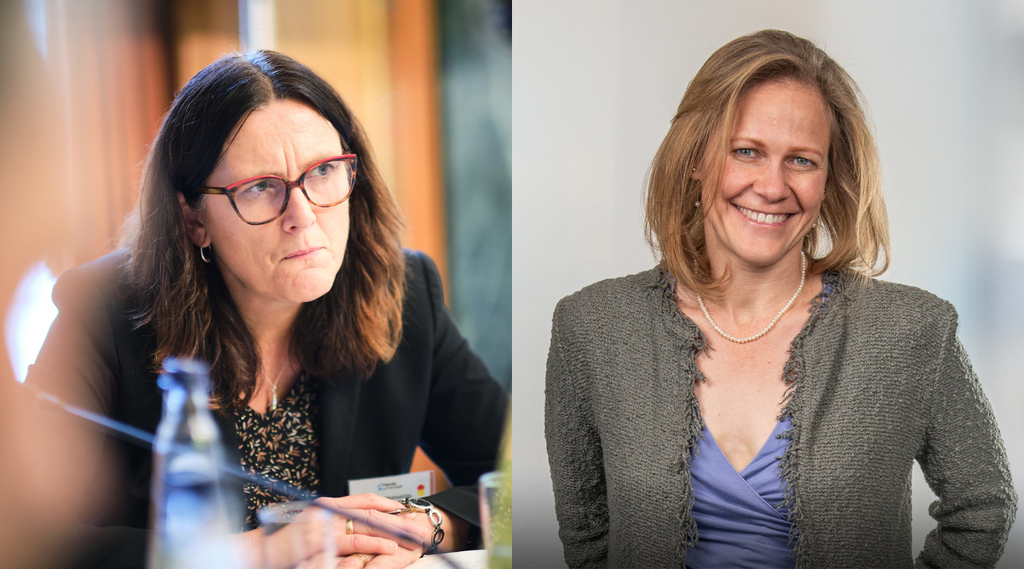
Past event Online
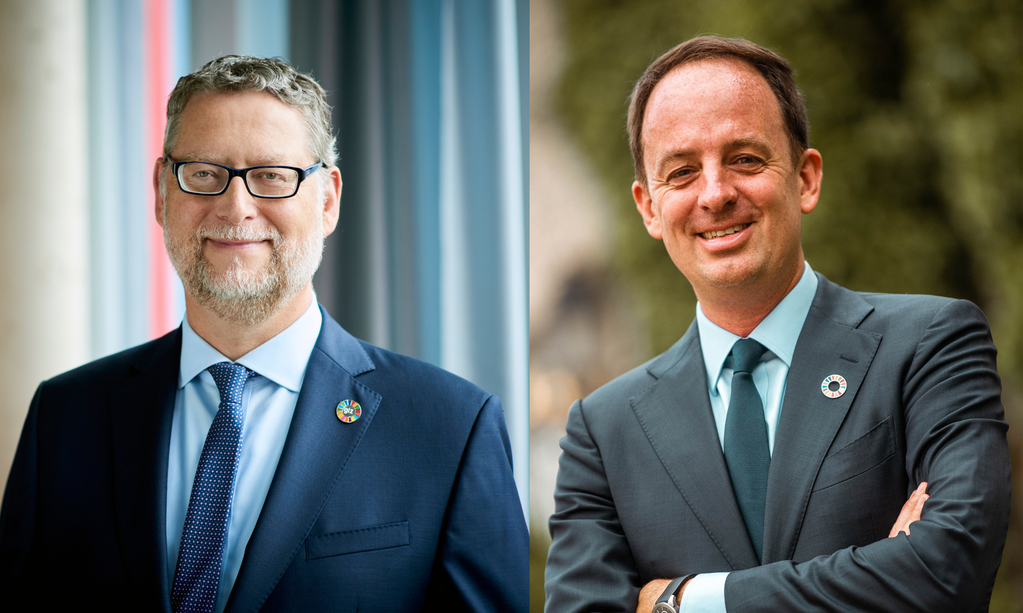
Past event IN PERSON & ONLINE

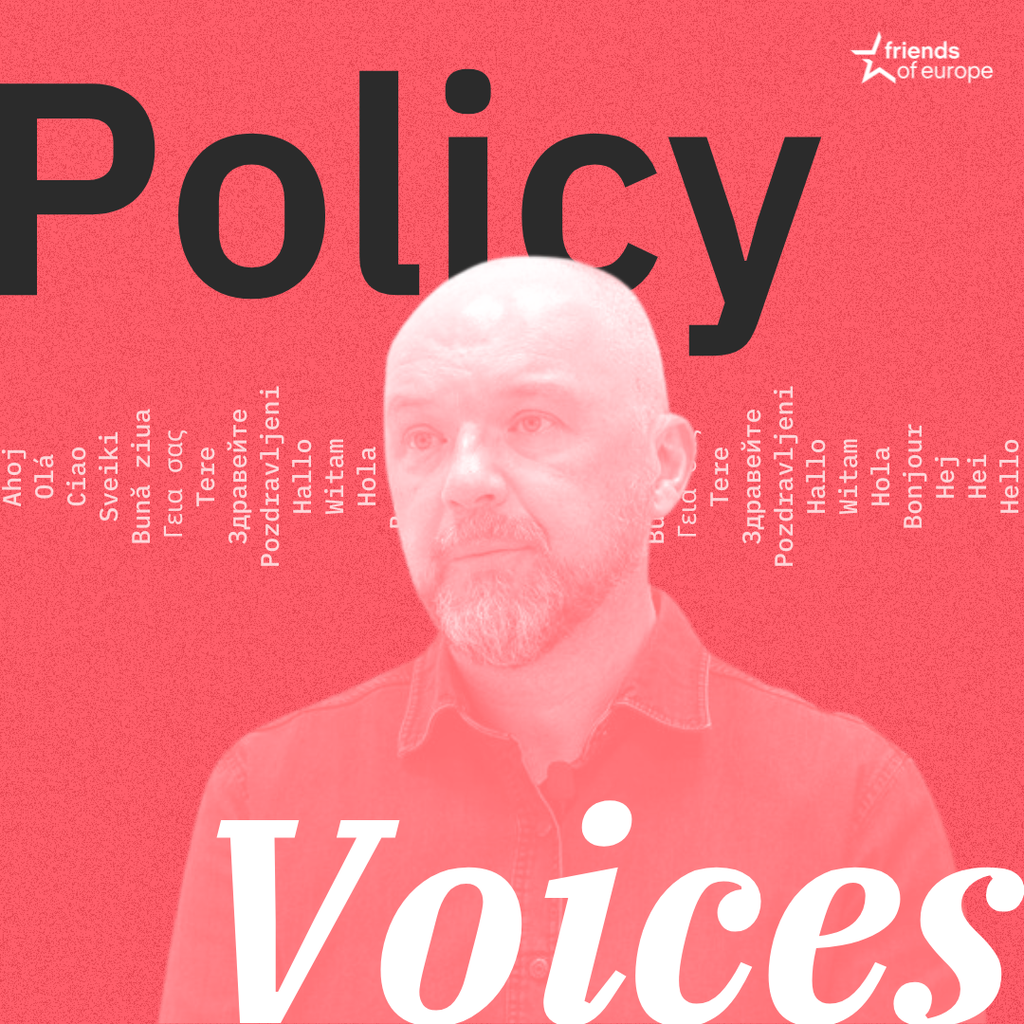
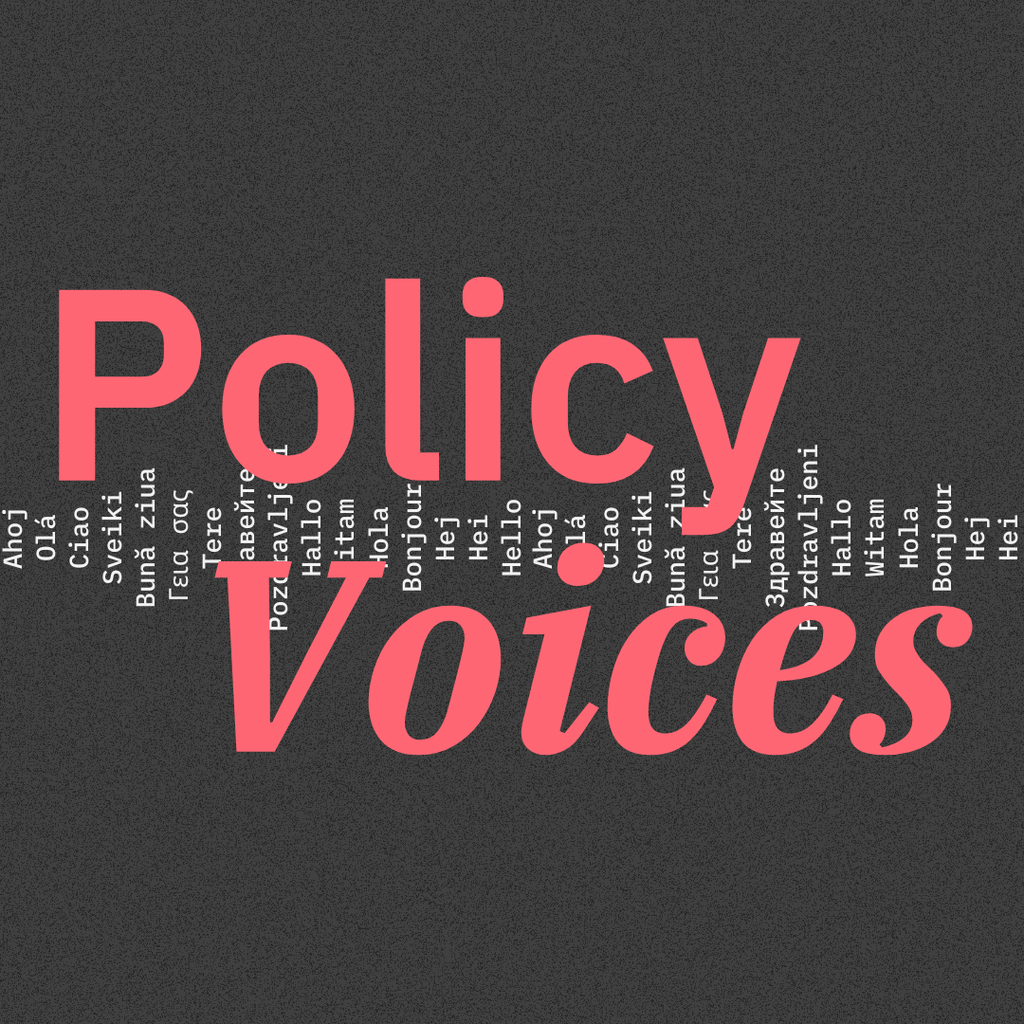
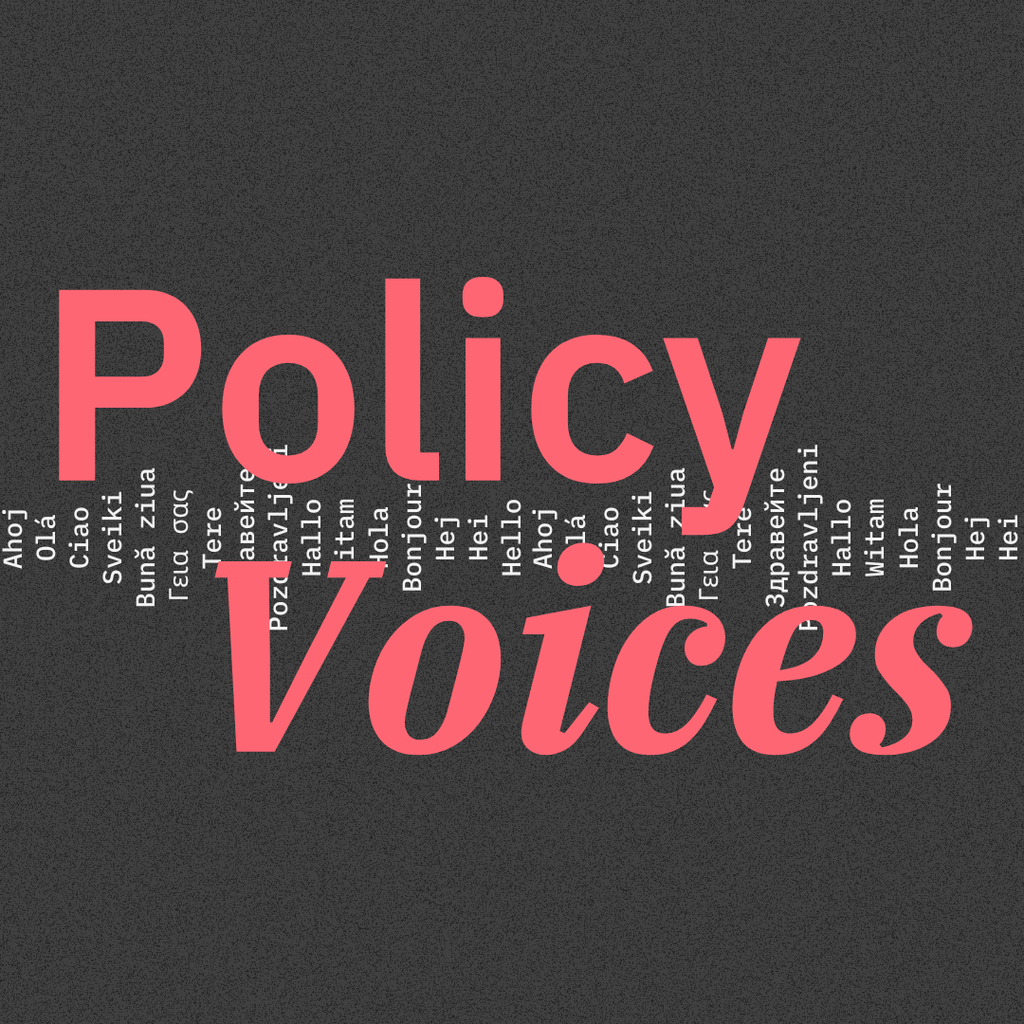

Stay informed
We use cookies and similar technologies to adjust your preferences, analyze traffic and measure the effectiveness of our campaigns. Learn more about our privacy policy.